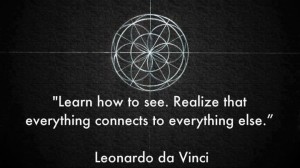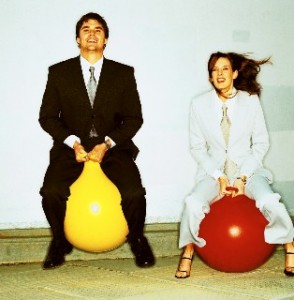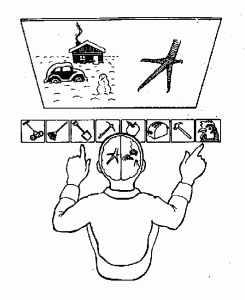Featured Expert: Nancy Kaye on writing and creativity
 Nancy’s acceptance speech for Creative Writing
Nancy’s acceptance speech for Creative Writing
Instructor of the Year UCSD ext. Award
My dear friend and colleague Nancy Kaye agreed to chat with me about her work of helping experts and writers overcome writer’s block and let their creativity flow.
Nancy’s background includes hosting her own TV and radio shows in Chicago, New York and California. She is an internationally published writer (122 countries), having interviewed many famous people, including H. H. Dalai Lama, Dr. Deepak Chopra, Dr. Wayne Dyer and many more. She is an engaging and inspiring keynote speaker.
Founder of The Confident Communicator™ Workshops, she instructs one-to-one personalized and group training re-programming sessions globally in all areas of communication. The intensive curriculum is tailored to the needs of each client. She diagnoses, evaluates, and teaches clients on a needs basis, and fine tunes them offering coaching, on-call client support, and empowerment.
Nancy is the founder of Define Your Destiny™ Intensives. She unveils the secrets to creating permanent change in your personal, professional and spiritual path. This unique self-development intensive with mentoring follow-up gives you the powerful tools you can use and build on throughout your entire life. Finding deep solutions to following your destiny to discover your perfect life plan.
She is the founder of Quantum Leaps Mastermind Group.™ Nancy is the West Coast Bureau office and Contributing Editor for the Integral Yoga Magazine. With her my multiple life and business experience, service to her clients, along with the support know-how, Nancy can help you get the results that you want. Visit http://www.defineyourdestiny.com/ to learn more.




